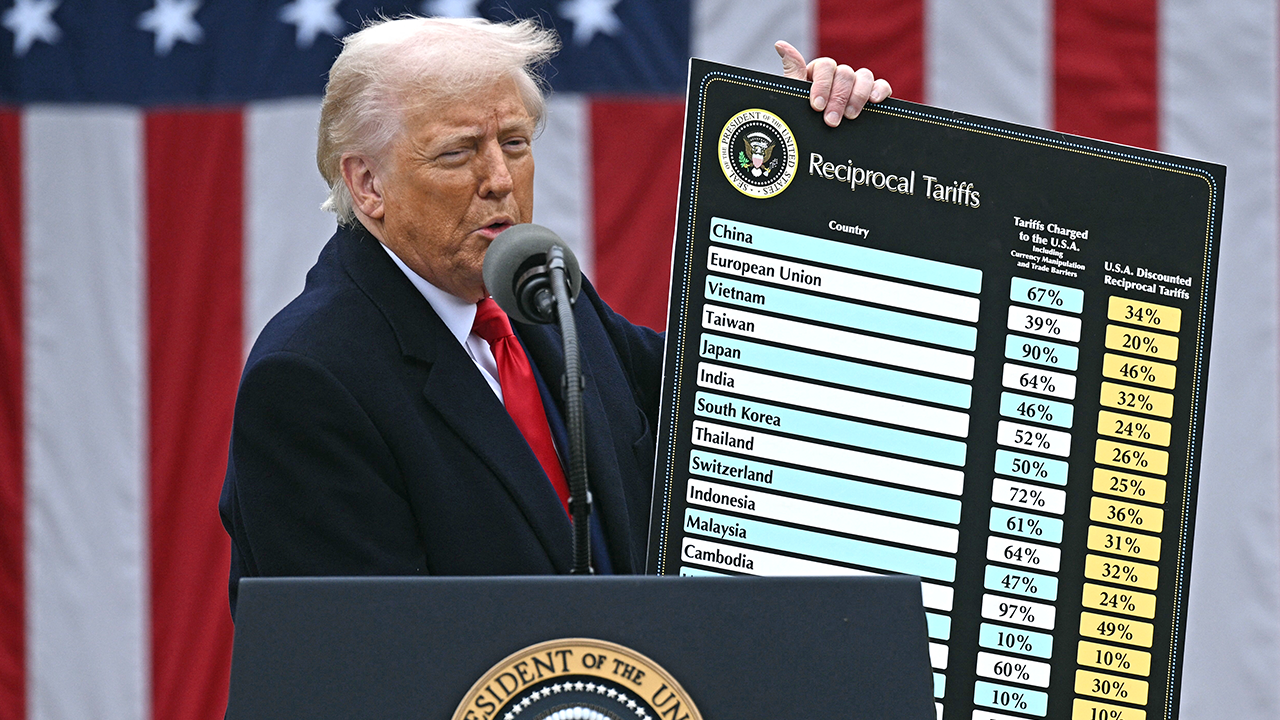Matla coal-fired power station in Mpumalanga. Photo: Waldo Swiegers/Getty Images
Despite improved energy availability factor and lower load-shedding stages, grid constraints persist.
This is according to electricity minister Kgosientsho Ramokgopa, who has warned that the national grid is not yet ready to receive large amounts of renewable energy.
Ramokgopa was speaking at a media briefing on Sunday. Adding a lot of photovoltaic (PV) generation capacity to the grid at once could cause it to collapse. he said.
Ramokgopa said as the country ramps up its roll-out of renewable energy, it is confronting the same challenge faced by countries across the globe.
“Depleted grid capacity in resource-rich areas is making it increasingly difficult to connect new renewable energy projects to the grid, particularly in the Northern Cape, Eastern Cape and Western Cape,” he said.
According to Eskom’s current Generation Connection Capacity Assessment (GCCA), grid capacity in the Northern and Western Cape is fully depleted, while the Eastern Cape has worryingly low grid capacity.
“There are variations of available capacity in each of the other provinces, with a total remaining grid capacity of about 22,754 megawatts,” according to the GCCA report.
It notes that grid access requires independent power producers (IPPs) to apply for a cost estimate letter, which provides a good indication of the interest in grid access in each province.
There are currently wind and solar projects with a combined capacity of 64 GW that are being considered for development, 57 GW of that potential is proposed for development in a region where there is only 5 GW of residual grid capacity available.
Gauteng, Mpumalanga and KwaZulu-Natal are currently the only provinces that have capacity for new renewable energy to be added to the grid.
Eastern Cape, Western Cape and Northern Cape have limited capacity potential despite huge renewable potential.
Wind potential
There is growing interest in wind energy, but the constraints with the grid means these projects can’t come online. More investment is needed to boost infrastructure.
Ramokgopa said that farms in the Northern, Eastern and Western Cape that have permits could produce thousands of megawatts if the grid was not constrained.
The Eskom board is also working on a longer-term strategy for the company, dubbed the Eskom 2035 benchmark process.
A plan to establish the utility’s transmission business as a separate unit should ease access to the grid and could also impact its revenue.
Ramogopa said part of the plan is to separate Eskom into three companies – transmission, generation and distribution. The transmission should provide adequate transmission lines which are reliable.
This is to ensure that each company has enough budget to address the various challenges that affect each department (company).
South Africa has experienced lower stages of load-shedding over the month due to improved plant performance, lower winter maintenance and lower demand.
Ramokgopa said Eskom executives have held power station managers accountable and that has caused a decrease in unit breakdowns which previously caused higher load-shedding stages.
But he said, “there are pitfalls to the rate at which you add new generation from solar PV. It has the potential to collapse the grid”.
He added that improved availability of electricity has also been driven by higher tariffs that have cut demand, improved maintenance at power plants, and increased diesel supply at the open gas cycle turbines that are used for emergency supply during periods of high demand.
Last year when the new utility board was elected, it promised Public Enterprises Minister Pravin Gordhan that it would reach an average of 60% energy availability by 31 March this year.
On Sunday during the briefing, Eskom manager Eric Shunmugam said that while breakdowns were lower than the trend, demand was also lower than Eskom had expected, at just over 29,000 megawatts against the 30,000 megawatts that had been expected. “The cold fronts had also brought very good performance from wind generation, and solar had also done well.”
Shunmugam added that the capacity improved because the new management at power stations was working hard to get results: “We have seen great performance from Camden and improved performance in Arnot and Tutuka. The new management at Tutuka is making a great difference. So it’s a combination of fixing people, plants and processes with leadership,” he said.
Kusile granted exemption
Ramokgopa also welcomed the decision by the Department of Forestry, Fisheries and the Environment to extend the exemption to bypass the sulphur dioxide (SO2) pollution control at its Kusile power station until end-March 2025.
The minister said this would allow Eskom to return three units to service at the power station. With each unit providing approximately 800 megawatts of capacity, the three combined would add 2,400 megawatts.
“That’s two-and-a-half stages of load-shedding,” he added.
Ramokgopa promised that, despite the exemption, Eskom would do everything possible to minimise Kusile’s environmental impact.
In October 2022, a 9-metre diameter chimney or flue gas duct at Kusile’s unit 1 collapsed under the weight of ash build-up inside the pipe. The collapse also affected units two and three, and Eskom effectively lost about 2,100 megawatts of capacity.
Following the collapse, Eskom sought a temporary exemption to run three of Kusile’s units without Flue Gas sulpurisation technology, which is used to reduce sulphur dioxide emissions.
Mandisa Nyathi is a climate reporting fellow, funded by the Open Society Foundation for South Africa.




















Discussion about this post